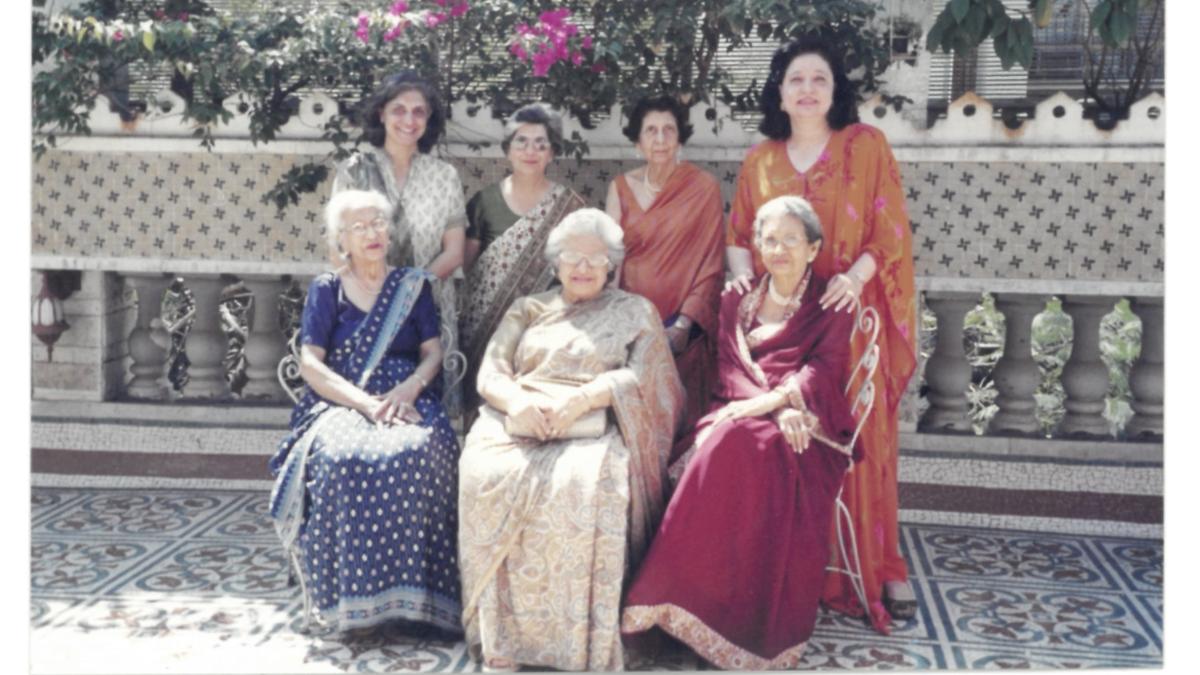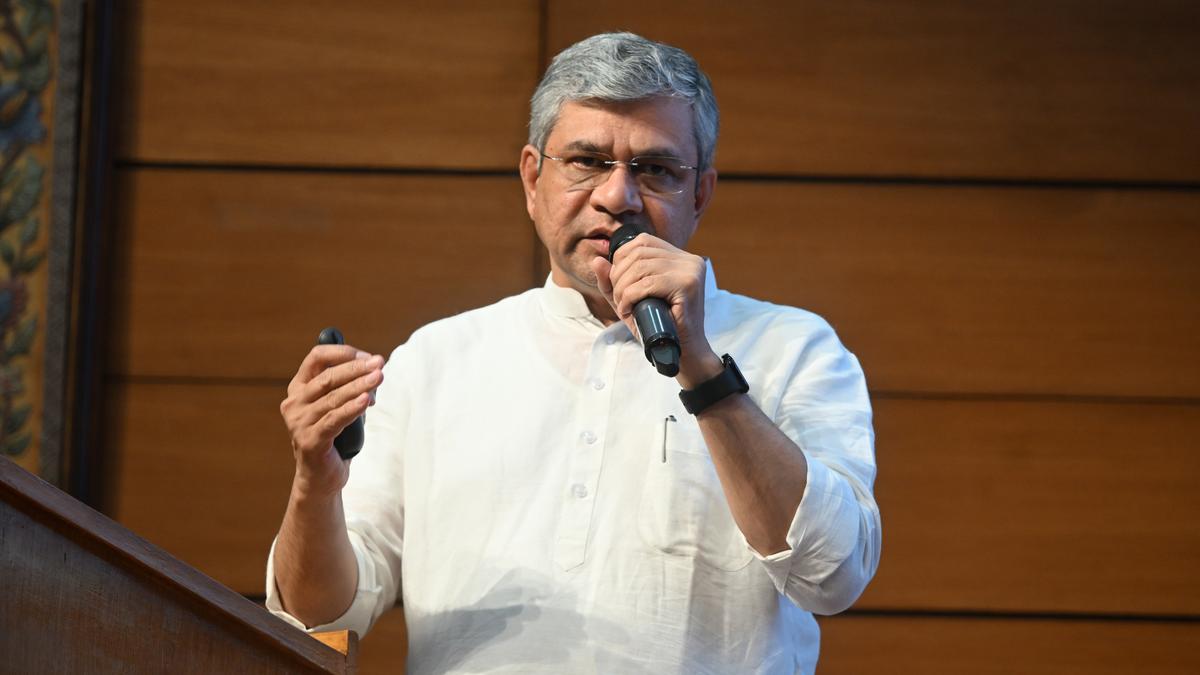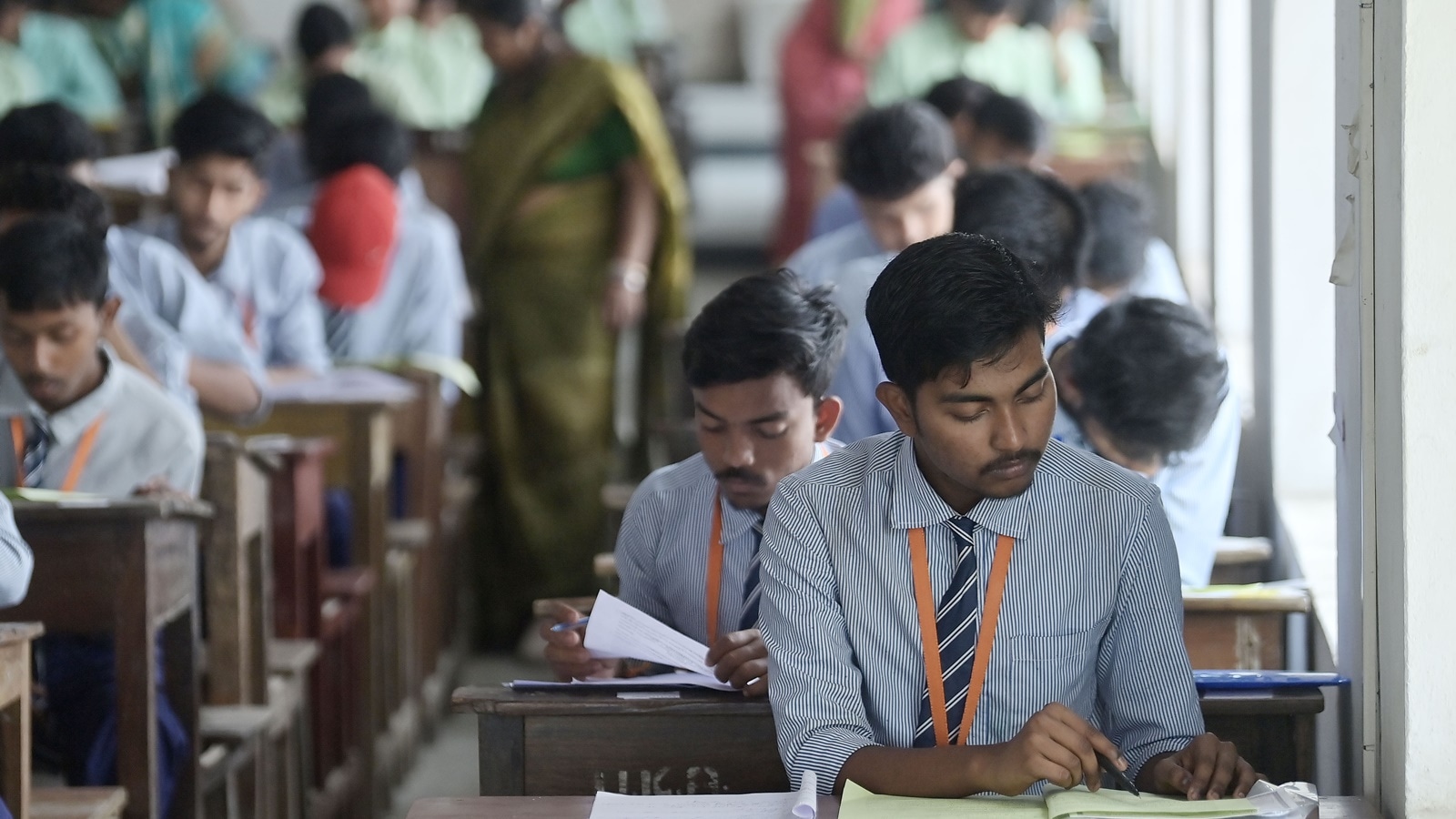In 1980, when writer Murzban F. Shroff was 15, he found himself in a dilemma. British rock band The Police were playing a one-off gig at Rang Bhavan, their only concert in India. Unable to afford a ticket, he scaled the venue’s wall — only to be caught.
“Just when things looked bleak, a westerner stepped in, persuading the police to let me go,” says Murzban. In an unexpected act of kindness, the stranger handed him a ticket and walked away. “I was stunned by his generosity. The atmosphere was electric; it was Bombay’s first major rock concert. At the time, I had no idea that the event was organised by the ladies of the Time & Talents Club.” Interestingly, in an interview with Rolling Stone India last year, Sting recalled the performance, describing it as a defining moment in his love for India.
The Police in Bombay
| Photo Credit:
The Police/Facebook
Last month, the Time and Talents Club marked its 90th anniversary, and did what it does best — held a fundraiser with some help from Delhi-based designer Ashdeen Lilaowala. As the lights dimmed, singer Delraaz Bunshah took the stage in a hand-embroidered black Ashdeen bustier gown, followed by several members of the Parsi community, including digital content creator Scherezade Shroff Talwar and celebrity stylist Anaita Shroff Adajania, walking the ramp. “I curated 30 archival pieces, tweaking them for the occasion,” says Lilaowala, whose label reimagines the Parsi gara. He donated a gara sari for auction, with proceeds going towards women’s empowerment projects.
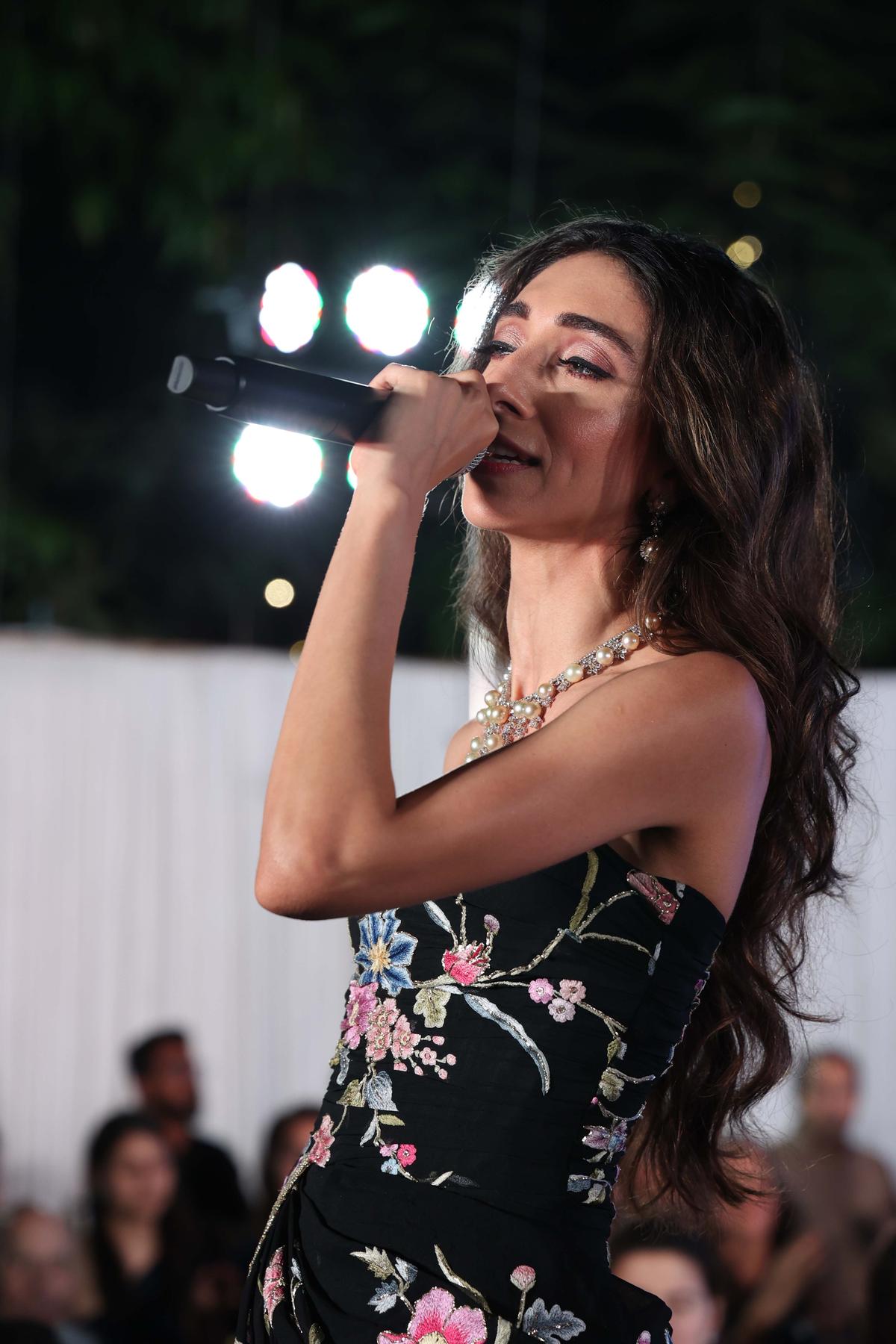
Delraaz Bunshah
| Photo Credit:
Special arrangement
The designer speaks fondly about planning the fashion show, and how whenever they met, the ladies would bring along chicken sandwiches and an icebox full of drinks. “They believed in keeping me well-fed,” he laughs, “but it also created a lovely sense of community.” Their discussions were lively, and while they admitted that technology wasn’t their best friend, they were willing to embrace it. In fact, they agreed to list tickets for the celebration dinner on BookMyShow — something they had never done before.
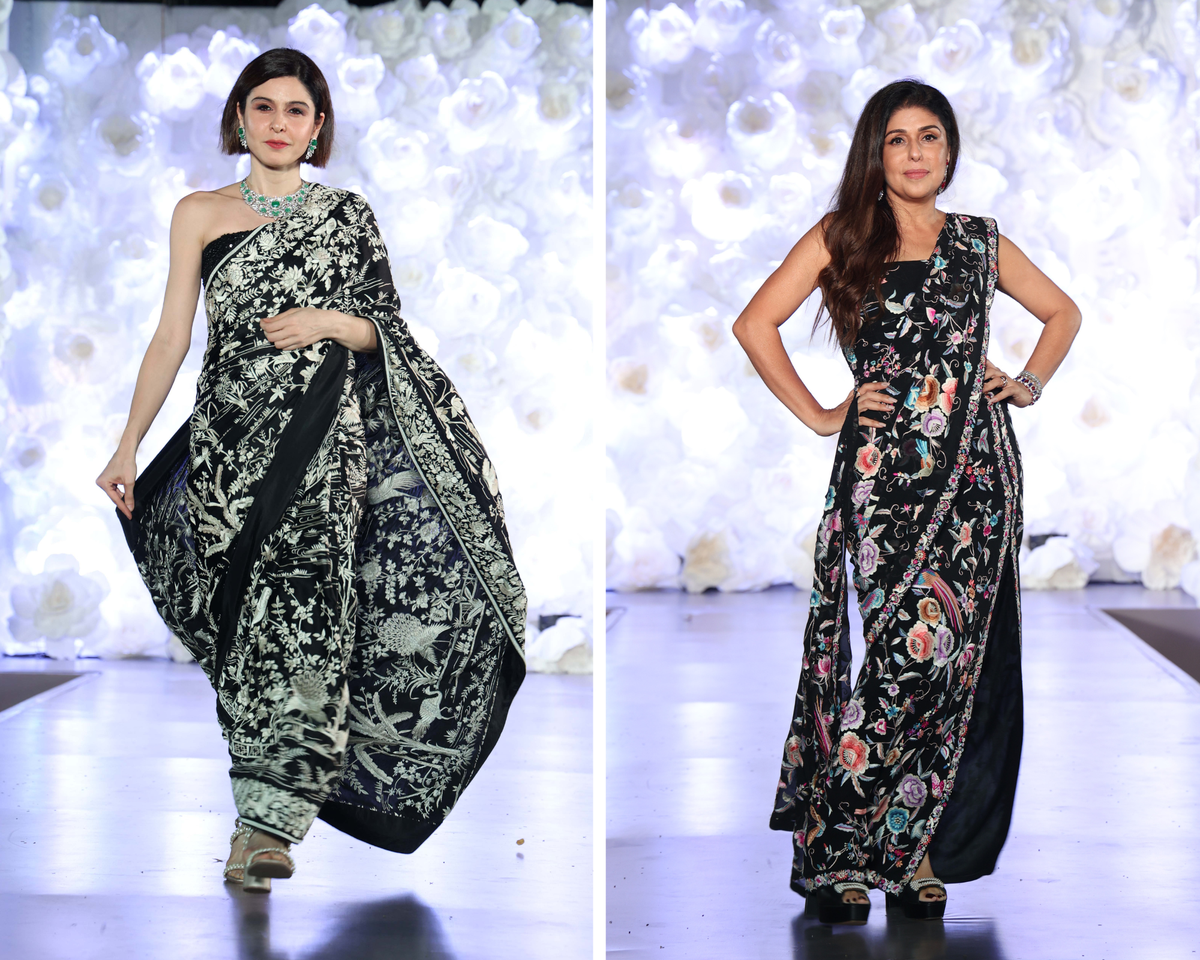
Scherezade Shroff Talwar and (right) Anaita Shroff Adajania
| Photo Credit:
Special arrangement
Building the city’s cultural landscape
The Time & Talents Club has around 175 members today, the majority of whom are over 60 years of age. But that hasn’t put a damper on their philanthropy. The funds from their latest initiative, for instance, “will go towards [a variety of initiatives] — whether it’s training, shelter, or healthcare”, says Bhaktawar Shroff, the current acting president.
Ashdeen Lilaowala with Bhaktawar Shroff
| Photo Credit:
Special arrangement
The club began in 1934 when three sisters — Gool, Hilla, and Sooni of the Mulla family — met Roshan Sethna. They invited her to share her jewellery-making skills with them over coffee, and as more friends joined, Sethna became part of a weekly gathering at their mother Lady Jerbai Mulla’s residence.
What began with sewing, knitting, and cooking later expanded into broader philanthropic initiatives — like setting up the Victoria Stall in Apollo Bunder to make meals for the Indian Armed Forces during the 1966 and 1971 Indo-Pak wars. The club’s golden jubilee in 1984 saw Zubin Mehta perform; a fitting tribute since his father, Mehli Mehta, had been the first featured artist in their concert series.
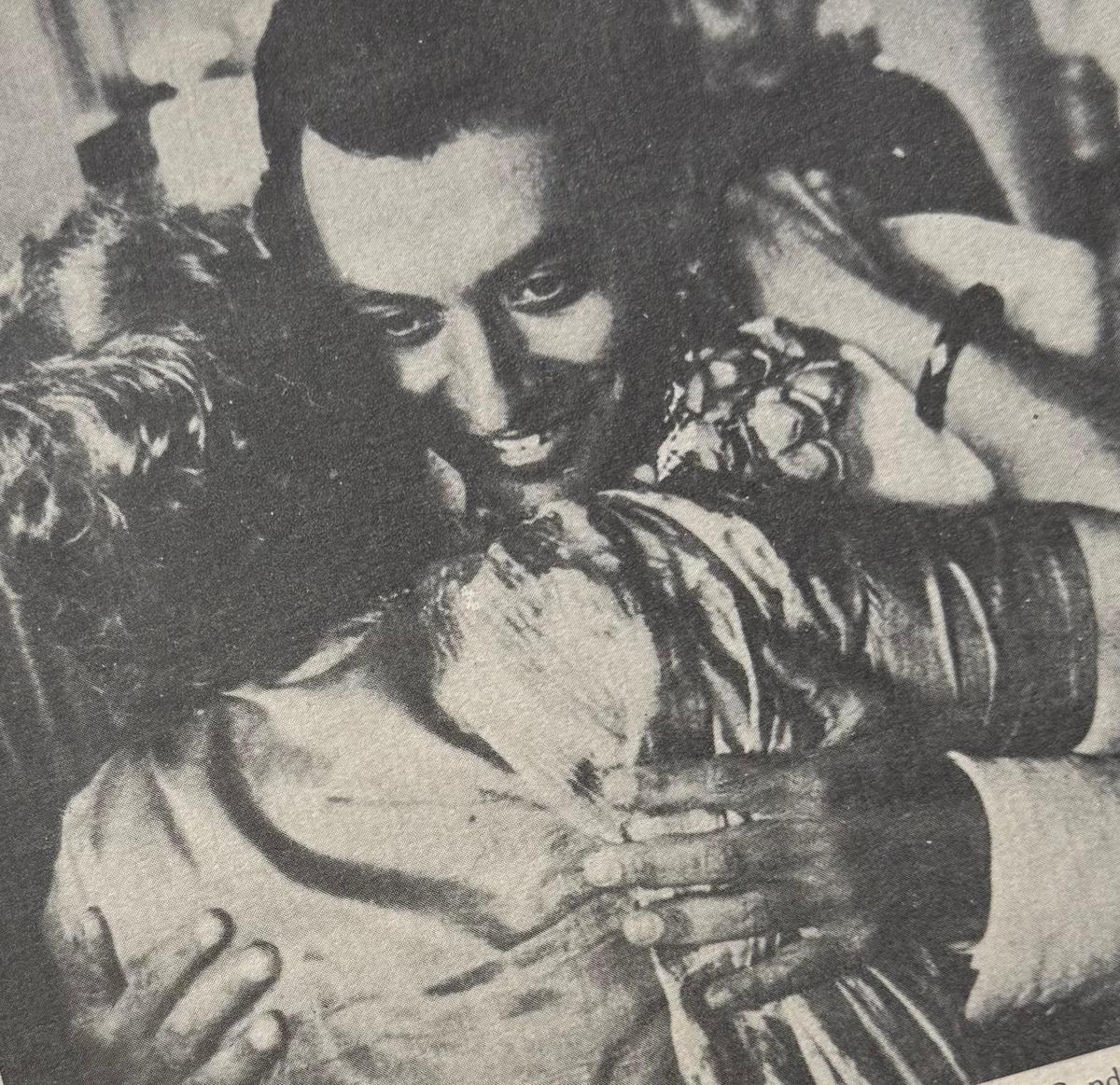
Zubin Mehta hugging Gool Shavaksha
| Photo Credit:
Courtesy of the Time & Talents Club
One of the books published by the club talks about how, when Mehli performed at Monginis Hall in Churchgate, a clock struck seven jarring notes, momentarily unsettling the audience. The musicians, unfazed, waited for the seventh stroke before continuing. Inspired by Mehli’s passion, the women organised a series of educational concerts to present chamber music in an intimate setting — Bombay’s drawing rooms. These concerts were held at philanthropists Lady Cowasjee Jehangir and Lady Bomanji’s homes, and the Raj Bhavan’s Durbar Hall and Drawing Room.
“The ladies were resourceful in securing top musicians,” says Bhaktawar. She recalls how in 1957, they staged two landmark events: a San Francisco ballet performance at Rang Bhavan, and a concert by the Minneapolis Symphony Orchestra, conducted by Antal Doráti at Eros Theatre. “They reached out to managers and convinced artists touring Japan and Southeast Asia to make a stop in Bombay. And the club handled everything — from flights to accommodation, often hosting them in their own homes.”

A few of the artistes who have performed for the Time & Talents Club
| Photo Credit:
Courtesy of the Time & Talents Club
Over the years, there were several bloopers, too. A member remembers when the club brought Chinese pianist Fut Song for a concert recital. At the dinner that followed, a guest tried to show off his musical knowledge and told Fut that though he had played well, he had left out a whole section. The pianist was offended and a huge argument broke out, and the host had to intervene.

“Ashdeen is a revivalist designer who has infused Parsi Gara embroidery with the most exquisite contemporary touch. Collaborating with him to create a sari gown was an absolute dream, and unveiling it at a show in partnership with the Time & Talents Club made it even more special. The women of this club are truly extraordinary, dedicating themselves to incredible philanthropic work. Their cookbook, filled with iconic Parsi recipes, is a treasured classic. I grew up with it, and when I got married, my mum gifted me my own copy. I still turn to it often, and what makes it even more special is that every recipe is credited to the woman who contributed it, making it feel so personal and rich with history. Fun fact: these legendary ladies once brought The Police to Bombay — believing they were a police band! The night was unforgettable. I had the privilege of walking alongside the most beautiful Parsi girls, including my sister and [later] feast on Parsi wedding food by the famous Tanaz Godiwala.”Anaita Shroff AdajaniaCelebrity stylist
Cookbooks to high fashion
Fashion was another of the club’s cultural touchpoints. In 1962, member Dina Bilimoria, who was living in Paris then, contacted fashion designer Marc Bohan of Dior, leading to a Bombay showcase of the French luxury brand’s latest collection, with mannequins flown in from France. The event was held at the Tata Institute of Fundamental Research, thanks to physicist Homi Bhabha. Similar shows followed with Pierre Cardin in 1967 and Jacques Esterel in 1969.
“The club has also left its mark on Bombay’s culinary history. In 1935, it published The Time & Talents Club Recipe Book, which went on to become a staple in Parsi households,” says Kamal Mulla, who served as director of projects for over three decades. “What started as a modest collection of 100 recipes grew into a compendium of over 2,000 dishes, spanning Parsi, Indian, and international cuisines.” It included recipes from well-known Parsi figures. One standout is Curry à la Zubin Mehta, a dish shared by the famous conductor that he probably whipped up on his tours, with canned shrimp and coconut milk.
A legacy of care
Victory Stall was a defining project for the club. Established in 1963 during the Chinese aggression, it was set up to support widows and orphans of soldiers. Pipsy Wadia, a club member, persuaded Homi Bhabha to allocate space at the Atomic Energy Commission for the initiative. Initially a small operation serving homemade Parsi dishes, it evolved into a full-fledged restaurant at NCPA. It became a Bombay institution, drawing intellectuals, families, and office workers for its affordable meals.
During the Indo-Pakistan wars of 1966 and 1971, the club sent care packages to soldiers. One of its creative fundraisers showcased handcrafted floral arrangements, dolls, and artefacts from South India. This led to The House of Bamboo, a souvenir shop that later became a Fair Price Shop, selling household goods at some of the lowest rates in the city. The initiative even inspired the Maharashtra government to launch Sahakari Bhandar cooperative stores.
Giving and receiving love
“We take friendships seriously. There’s personal philanthropy — the way we show up for one another — and a universal compassion, which I believe stems from our history,” says Bhaktawar. “We were given shelter in India, and many of us haven’t forgotten that. It’s reciprocal — we give, but we also receive love and respect.” A small difference now: while the newer generation is willing to contribute financially, few are stepping up to join committees or take on organisational roles.
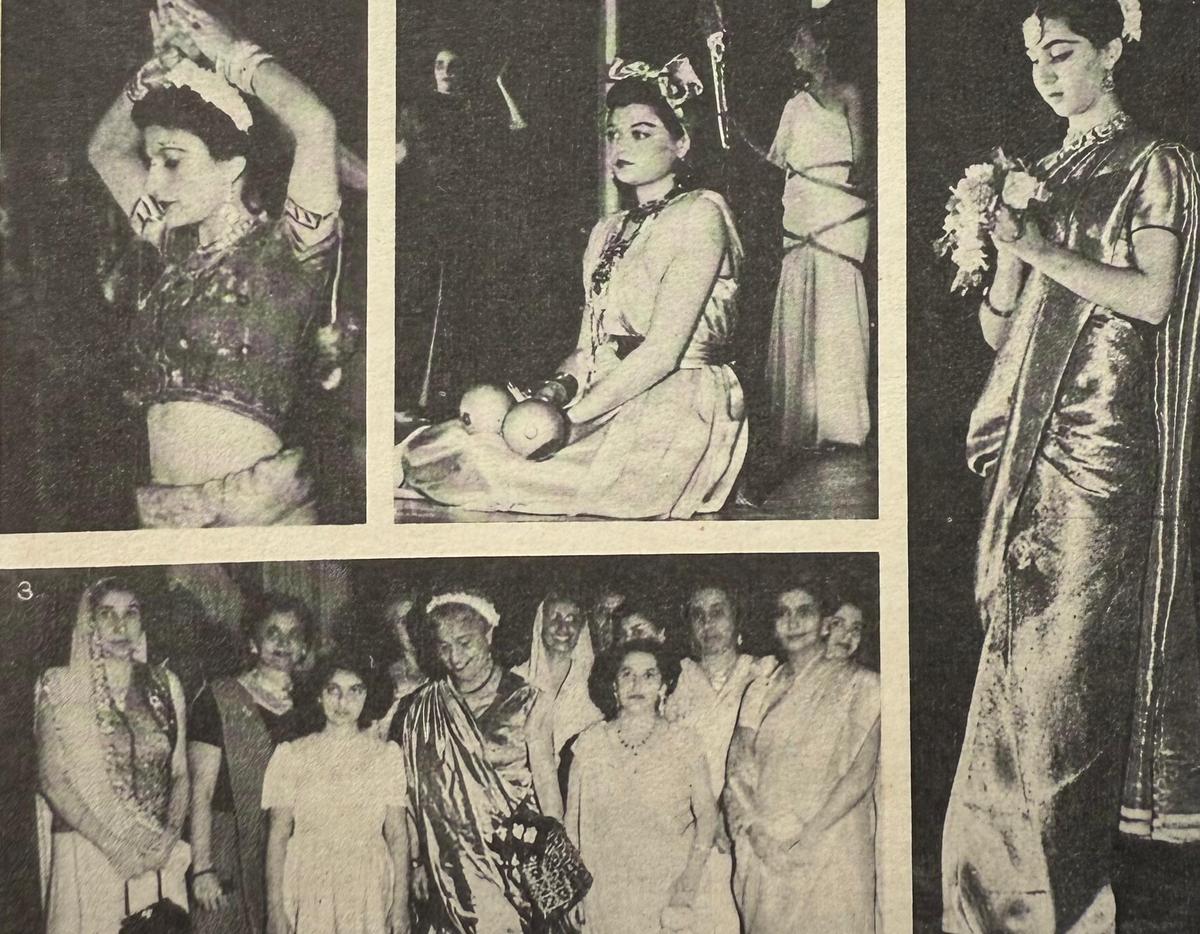
Republic Day Ball in 1950
| Photo Credit:
Courtesy of the Time & Talents Club
Today, the club’s philanthropic focus spans rural welfare, healthcare, and rehabilitation. “Our focus is curative cancer treatment for children of labourers, rickshaw drivers, and shopkeepers who require chemo- therapy and radiation,” she says. The club also supports a safe shelter for women in Gadchiroli, provides menstrual health education in Dhanora village, and works with survivors of human trafficking, offering vocational training.
Published – March 07, 2025 03:44 pm IST


